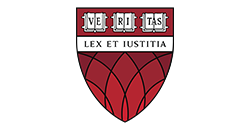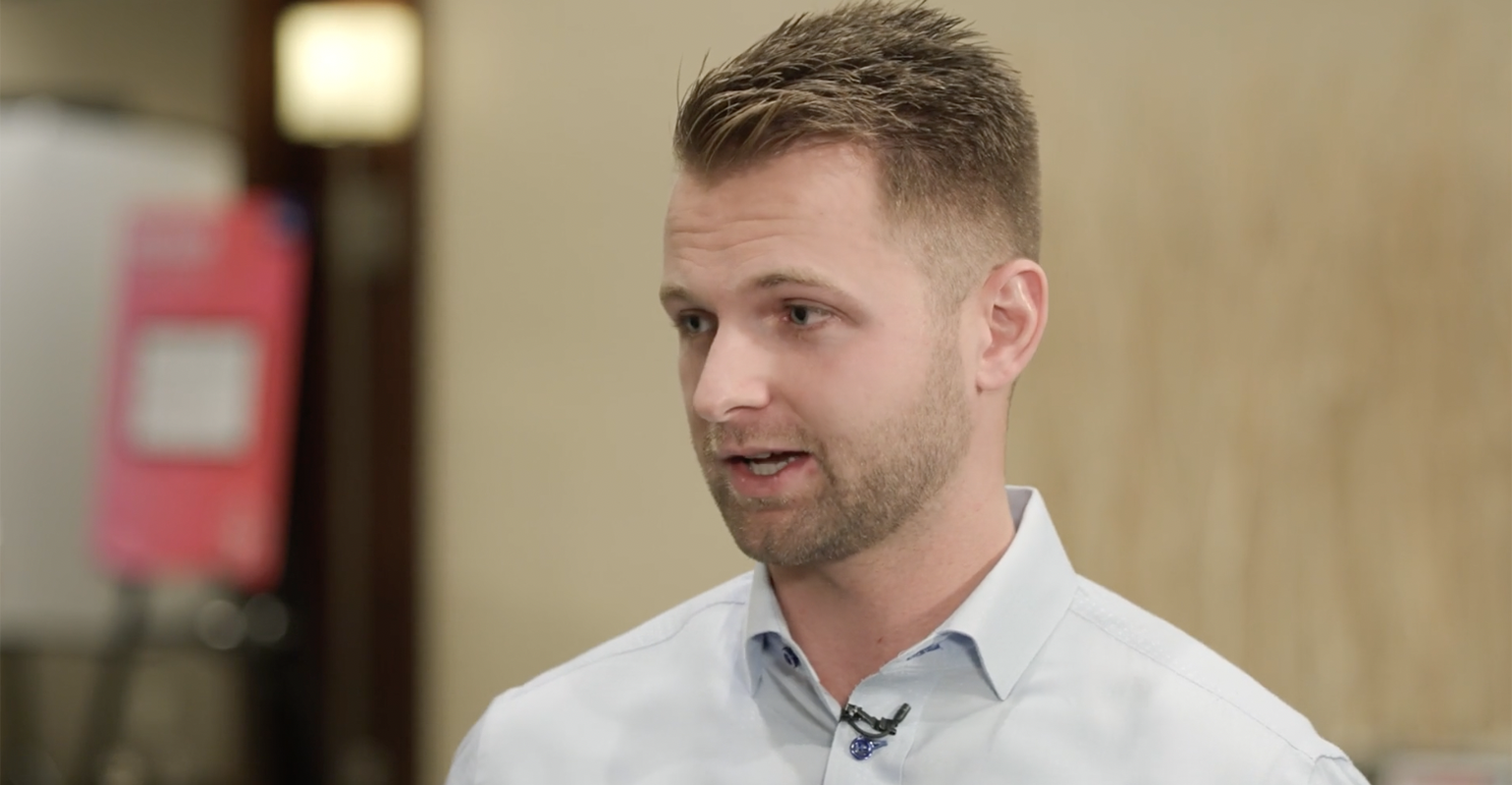[ad_1]
In In re BGC Partners (Aug. 10, 2023), the Delaware Supreme Court, in an en banc decision, without commentary, affirmed the Court of Chancery’s post-trial decision (Aug. 19, 2022) holding that the acquisition of a company indirectly controlled by the buyer’s controller met the entire fairness standard—notably, notwithstanding the lower court’s finding that there were serious flaws in the sale process. BGC Partners follows two other decisions in recent years in which the Court of Chancery also has found entire fairness satisfied in conflicted-controller transactions despite serious flaws in the transaction process—Hsu Living Trust v. Oak Hill (2020) and ACP Master v. Sprint/Clearwater (2017). These decisions stand in contrast to the Delaware courts’ historic trend of virtually never finding, when the entire fairness standard applies, that it has been satisfied.
Key Points
- There is now increased potential for a buyer to establish that a transaction meets the stringent “entire fairness” standard—even if the sale process was seriously flawed. BGC Partners furthers the court’s evolution toward an emphasis on the fairness of the price over the fairness of the process in the “unitary” entire fairness analysis. Notwithstanding this evolution, however, in our view, even after BGC Partners, in the event of a clearly materially unfair price or process, it would be unlikely that the court would find entire fairness satisfied.
- There is still a high bar to establishing entire fairness—in each of the recent decisions, the court found that, although there were serious process flaws, there was strong evidence that the special committee and its advisors had functioned effectively and had achieved a fair price.
- Buyers should consider taking certain steps to maximize the potential of a finding of entire fairness—see “Practice Points” below.
Discussion
Increased potential for a buyer to establish “entire fairness,” even of a transaction in which the sale process was seriously flawed. BGC Partners involved an acquiror and target that both were indirectly owned by the same controller. A special committee of the acquiror’s board, comprised of the four outside directors, approved the acquisition. Minority stockholders of the acquiror brought suit, alleging that the controller had presented the transaction as a “fait accompli” and had caused the acquiror to overpay because the controller owned a far larger stake in the target than in the acquiror. The court rejected the defendants’ motion to dismiss at the pleading stage; and also rejected a shift of the burden of proof to the plaintiffs given uncertainty about the independence of the special committee members. After trial, Vice Chancellor Lori Will found that there were serious process flaws—the controller having identified the financial advisors for the special committee, having asked the committee’s co-chairs to serve, and having engaged in “one-off” discussions about the transaction with a member of the committee. The Vice Chancellor concluded, however, that the transaction nonetheless met the entire fairness standard. The Vice Chancellor determined that the special committee members were independent, and emphasized that the committee had negotiated the price paid and that the price was within the range of fairness as determined by the committee’s financial advisor.
Historically, application of the entire fairness standard was outcome-determinative in favor of plaintiffs challenging a conflicted transaction. Entire fairness, which is Delaware’s most exacting standard of judicial review, is applicable to transactions involving a conflicted controller or conflicted board of directors (unless the MFW prerequisites for business judgment review were met). For a transaction to meet the entire fairness test, the court conducts a “unitary” analysis to determine if there was both a “fair price” and a “fair process.” As the standard requires intensive factual inquiries into both the economics of the transaction and the process leading to the transaction, a determination by the court at the pleading stage that entire fairness is the applicable standard has usually led to prompt settlement by the parties given the near impossibility of meeting the standard.
The court’s entire fairness jurisprudence has been evolving toward an emphasis on fairness of the price over fairness of the process. As the parameters for the entire fairness analysis have evolved in recent years, the Court of Chancery has indicated an inclination to elevate the “price” prong of the analysis over the “process” prong, reasoning that the purpose of a fair process is simply to arrive at a fair price. At the same time, however, the court generally has emphasized the unlikelihood of arriving at a fair price without a fair process—and thus generally has found entire fairness not satisfied when there were indications that the price was fair but there were serious flaws in the process. BGC Partners reinforces the emphasis on price over process in the analysis. The court stated: “Price…is often the paramount consideration because procedural aspects of the deal are circumstantial evidence of whether the price is fair.”
A board should not underestimate the critical importance of a fair process in the entire fairness analysis, however. Of note, in BGC Partners, the Court of Chancery found that, notwithstanding the apparently significant process flaws, the special committee had functioned effectively on behalf of the minority stockholders. The court wrote: “[There was] no evidence that th[e] problems [with the process] rendered the process unfair.” The court noted that the controller’s overinvolvement had occurred at the early stages of the process and that he had separated himself from the process once the special committee was formed and functioning. Further, the court concluded that the committee and its advisors were independent of the controller; were fully informed (with all of their diligence requests having been met); had worked tirelessly and “bargained hard” for the minority stockholders, over a period of several months; had successfully “pushed back” against the controller on certain points (including timing of the process); and ultimately had achieved a structure and price that were fair to the minority stockholders.
Other conflicted-controller cases in which the court has found entire fairness satisfied despite serious flaws in the sale process have involved unusual fact situations.
- In Hsu v. Oak Hill (2020), the court applied the entire fairness standard to a controller’s and its board designee’s decision to pursue a cash-accumulation strategy in anticipation of redeeming the controller’s preferred shares, rather than investing in the company’s business for long-term growth for the possible benefit of the common stockholders. In a post-trial decision, the court found that, although an independent special committee had been utilized, the members were subject to subtle influence of the controller that undermined their independence. The court emphasized, however, the price aspect of entire fairness and found that, because the defendants proved that a growth strategy likely would not have been successful, what the common stockholders received (which was zero) was the same as what they would have received had a different strategy been pursued. Although the process raised concerns, the court noted that the controller “spent countless hours” working to enhance the value of the company and, as the majority stockholder, had a “counterbalancing incentive not to harm the value of the common stock.” (We note also an earlier case, In re Trados (2013), which involved a similar rationale for a finding of entire fairness despite process flaws. The court stressed that the value per share that the common stockholders received in the conflicted-controller merger (zero) was equal to the value of the common stock prior to the merger (zero).)
- In ACP Master v. Sprint/Clearwire (2018), the court, in a post-trial decision, held that a presumed controller’s cash-out merger was entirely fair. Although the court found serious flaws with the process, the court emphasized that the price ultimately achieved “exceeded wildly” what the board had expected could be achieved. In this case, the flaws occurred early in the process, before a competing bid emerged that led to a renegotiation and ultimately the higher price that was achieved. Moreover, the court viewed the special committee as having taken their responsibilities seriously and having bargained at arm’s length; and sophisticated stockholders with deep knowledge of the company’s business had agreed to sell their shares even at the initial, lower price. (Notably, in the related appraisal action, the court determined that the appraised value of the dissenting shares was less than half the deal price.)
- A controller should consider the benefits of the MFW framework when structuring a proposed transaction. MFW provides for business judgment review (Delaware’s most deferential standard of review) of conflicted-controller or conflicted-board transactions when, from the outset of negotiations, the transaction was conditioned on approval by a special committee of independent directors and by the minority stockholders. A controller may decide to forego the business judgment rule protections available under MFW because the controller does not want to subject the transaction to the uncertainty of a vote by the minority stockholders. Compliance with either of the two MFW prerequisites (for example, approval by a clearly independent special committee but not by the minority stockholders), while not providing business judgment review, shifts the burden of proof under the entire fairness standard to the plaintiffs (so that they must prove the transaction was unfair, rather than the defendants having to prove that the transaction was fair).
- In cases in which the entire fairness standard is applied, dismissal at the pleading stage is highly unlikely given the highly facts-intensive nature of the entire fairness inquiry. The possibility of dismissal at the pleading stage may be maximized (or at least the burden of proof may be shifted to the plaintiffs to prove unfairness)—and thus the parties’ respective negotiating leverage may be affected—when a clearly independent special committee, advised by independent and experienced advisors, considered and negotiated the transaction and maintained a clear record establishing the committee’s effective functioning and fairness of the price. BGC Partners highlights that, even if claims are not dismissed at the pleading stage, entire fairness may be proved at trial (albeit after what is likely to be protracted, expensive and distracting litigation).
- A special committee should be actively engaged and a record of its efforts should be maintained. Committee members should ask questions, request information, keep abreast of process developments, and so on. These efforts should be documented, for example in the committee’s meeting minutes (which can also reflect information provided or actions taken outside of the committee’s meetings). A special committee should “push back” against the controller in negotiating the transaction on behalf of the minority stockholders and, most importantly, should be prepared to “say no” to a transaction if it is not fair to the minority stockholders.
- Special committee members should be independent of the controller. In selecting members of a special committee, the board should be mindful that even outside directors may be viewed by the court as non-independent if they are “beholden” to, or otherwise subject to the influence of, the controller. A controller should consider having at least one or more unquestionably independent directors on the board so that a special committee, if needed, can be formed that will be clearly independent. In BGC, although there were issues about the independence of some of the outside directors, the court ultimately found them to be independent—perhaps, we surmise, at least in part due to their particularly distinguished credentials (which the court detailed in its opinion). Efforts should be made, where possible, to document the independence of outside directors so that an appropriate determination can be made at the early pleading stage of litigation. For example, consideration should be given to reflecting in committee minutes that directors (especially those as to whom there could be some question about independence) were deeply engaged, asked questions, sought information, and at times “pushed back” against the controller’s interests or requests.
- A controller should not seek to influence a special committee’s work. A controller should remove himself from the process to maintain the independence of the committee. Such removal would involve not only abstaining from voting on the transaction at issue, but also not attending board or committee meetings at which the transaction is discussed, not engaging in one-off discussions about the transaction with committee or board members, and not participating in the process of selecting advisors to or chairs of the committee.
- However, a controller’s involvement to some degree in the process is not necessarily fatal to satisfying the entire fairness standard. For example, if the controller played a role in selecting or recommending the committee’s advisors, then the committee, once fully empowered, should itself reconsider the selection of advisors and choose for itself (and, if it reaffirms the controller’s selection or recommendation, the reasons for the committee’s judgment should be documented). If the controller engaged in one-off discussions with members of the special committee, the discussions should be reported to the full committee, the committee should consider reporting the discussions to the full board, and the committee should consider whether any actions should be taken to counteract any disadvantages to the process resulting from the discussions and to prevent further such discussions. At times, there may be a special need for a controller’s involvement (due to, for example, special knowledge about the company or a counterparty’s insistence on the involvement). In these situations, the special committee should consider whether the controller’s involvement will outweigh concerns about the conflicts. The committee should consider the extent to which the controller’s interests may be unaligned with the interests of the other stockholders with respect to the transaction, and what actions can be taken to seek to manage the conflicts, including the committee’s active and effective overseeing of the process. Such actions could include establishing specified parameters for the controller’s role (such as limiting the role so that it does not include, say, price negotiations), and/or having a special committee member join the controller in any discussions (or in any discussions that relate to specified topics).
- A special committee and its financial advisor should consider the benefits of a “detailed” fairness opinion. In BGC Partners, the court’s determination that the merger price was fair was based largely on its being “in line with what [BGC’s] financial advisor determined to be appropriate…[in] a detailed fairness opinion” that was delivered “after more than a month of additional due diligence” by the banker. (The court also stressed that the price “was forged in the crucible of objective market reality,” coming after “months of arm’s length negotiations.”)
[ad_2]
Source link




